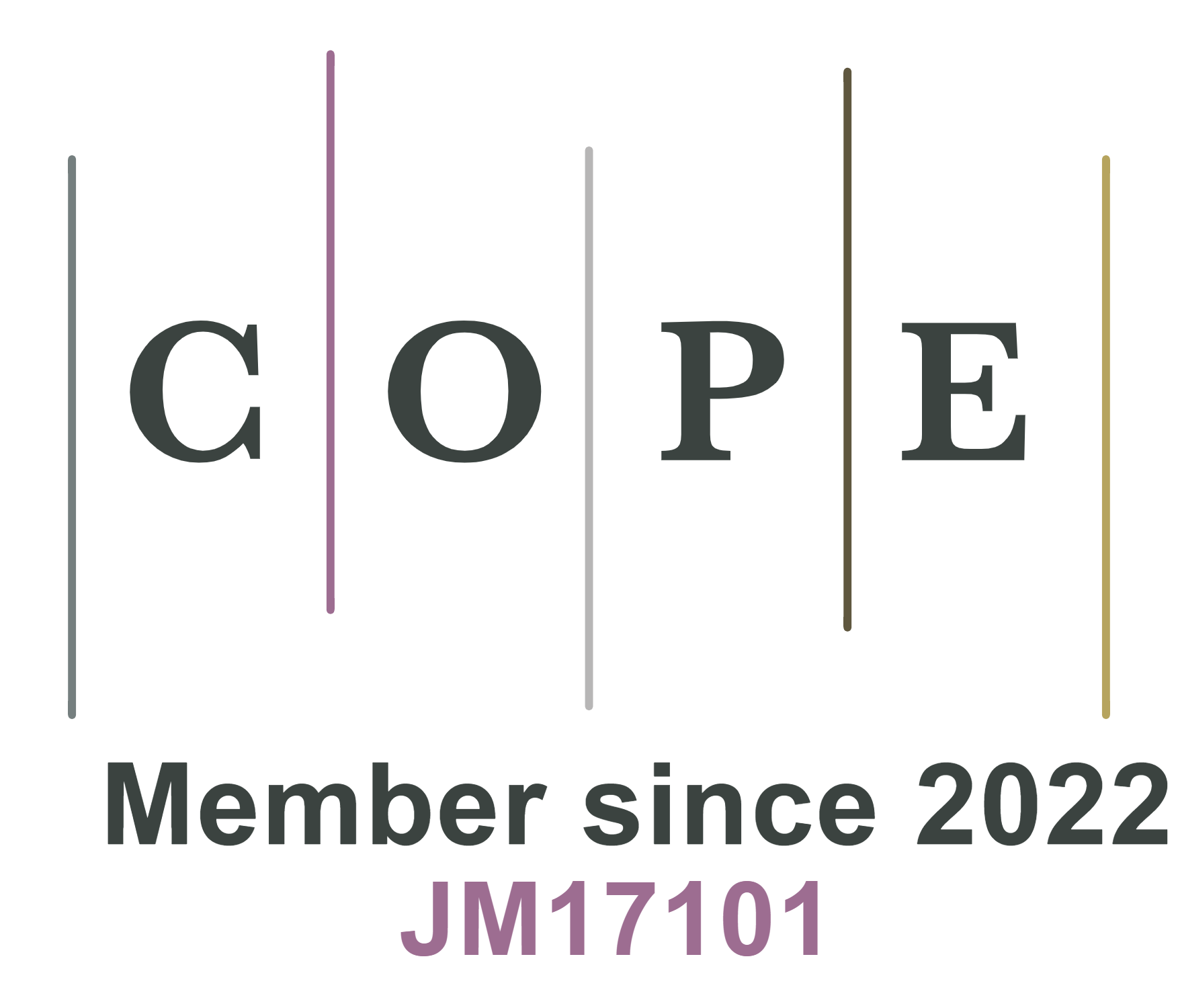REFERENCES
2. Cui P, Zhang Q, Sun C, et al. High ion conductivity based on a polyurethane composite solid electrolyte for all-solid-state lithium batteries. RSC Adv 2022;12:3828-37.
5. Chan CK, Yang T, Mark Weller J. Nanostructured garnet-type Li7La3Zr2O12: synthesis, properties, and opportunities as electrolytes for Li-ion batteries. Electrochim Acta 2017;253:268-80.
6. Shen Y, Zhang Y, Han S, Wang J, Peng Z, Chen L. Unlocking the energy capabilities of lithium metal electrode with solid-state electrolytes. Joule 2018;2:1674-89.
7. Cheng X, Zhao C, Yao Y, Liu H, Zhang Q. Recent advances in energy chemistry between solid-state electrolyte and safe lithium-metal anodes. Chem 2019;5:74-96.
8. Zhou Q, Ma J, Dong S, Li X, Cui G. Intermolecular chemistry in solid polymer electrolytes for high-energy-density lithium batteries. Adv Mater 2019;31:e1902029.
9. Chen R, Qu W, Guo X, Li L, Wu F. The pursuit of solid-state electrolytes for lithium batteries: from comprehensive insight to emerging horizons. Mater Horiz 2016;3:487-516.
10. Li Z, Huang HM, Zhu JK, et al. Ionic conduction in composite polymer electrolytes: case of PEO:Ga-LLZO composites. ACS Appl Mater Interfaces 2019;11:784-91.
11. Ju L, Wang Y, Pan Y, Feng L. Preparation and conductivity characteristic of PEO-Li1.3Al0.3Ti1.7(PO4)3 composite polymer electrolytes. J Mater Sci Eng 2014;6:867-70.
12. Xin S, You Y, Wang S, Gao H, Yin Y, Guo Y. Solid-state lithium metal batteries promoted by nanotechnology: progress and prospects. ACS Energy Lett 2017;2:1385-94.
13. Bao J, Tao C, Yu R, Gao M, Huang Y, Chen C. Solid polymer electrolyte based on waterborne polyurethane for all-solid-state lithium ion batteries. J Appl Polym Sci 2017;134:45554.
14. Wen TC, Du YL, Digar M. Compositional effect on the morphology and ionic conductivity of thermoplastic polyurethane based electrolytes. Eur Polym J 2002;38:1039-48.
15. Bar N, Basak P. Quasi-solid semi-interpenetrating polymer networks as electrolytes: part II. Assessing the modes of ion-ion and ion-polymer interactions employing mid-fourier transform infrared vibrational spectroscopy. J Phys Chem C 2014;118:10640-50.
16. Cui P, Sun C, Dai H, Wei W. Polyurethane-P2S5 composite-based solid-state electrolyte assists low polarization and high stability all-solid-state lithium-ion batteries. RSC Adv 2022;12:27881-8.
17. Badri KBH, Sien WC, Shahrom M, Hao LC, Baderuliksan NY, Norzali NR. FTIR spectroscopy analysis of the prepolymerization of palm-based polyurethane. Solid State Sci Technol 2010;18:1-8. Available from: https://scholar.google.com/citations?view_op=view_citation&hl=ja&user=pNmzBRcAAAAJ&citation_for_view=pNmzBRcAAAAJ:u-x6o8ySG0sC [Last accessed on 6 April 2023]
18. Hatchett DW, Kodippili G, Kinyanjui JM, Benincasa F, Sapochak L. FTIR analysis of thermally processed PU foam. Polym Degrad Stab 2005;87:555-61.
19. Tang Q, Gao K. Structure analysis of polyether-based thermoplastic polyurethane elastomers by FTIR, 1H NMR and 13C NMR. Int J Polym Anal Charact 2017;22:569-74.
20. Sourisseau C, Cavagnat R, Fouassier M, Brec R, Elder SH. Infrared, Raman, resonance Raman spectra and lattice dynamics calculations of the solid potassium (I) nickel (II) thiophosphate compound, KNiPS4. Chem Phys 1995;195:351-69.
21. Sang L, Haasch RT, Gewirth AA, Nuzzo RG. Evolution at the solid electrolyte/gold electrode interface during lithium deposition and stripping. Chem Mater 2017;29:3029-37.
22. Sharma P, Jha PK, Diwan P, Pandey O. Impact of CuS on the crystallization kinetics of Na2S-P2S5 glasses. J Non Cryst Solids 2017;477:31-41.
23. Zhu J, Jian T, Wu Y, et al. A highly stable aqueous Zn/VS2 battery based on an intercalation reaction. Appl Surf Sci 2021;544:148882.
24. Guo W, Zhang W, Si Y, Wang D, Fu Y, Manthiram A. Artificial dual solid-electrolyte interfaces based on in situ organothiol transformation in lithium sulfur battery. Nat Commun 2021;12:3031.
25. Balamurugan S, Naresh N, Prakash I, Satyanarayana N. Capacity fading mechanism of Li2O loaded NiFe2O4/SiO2 aerogel anode for lithium-ion battery: ex-situ XPS analysis. Appl Surf Sci 2021;535:147677.
26. Wang Z, Li X, Guo W, Fu Y. Anion intercalation of VS4 triggers atomic sulfur transfer to organic disulfide in rechargeable lithium battery. Adv Funct Mater 2021;31:2009875.
27. Tallapally V, Nakagawara TA, Demchenko DO, Özgür Ü, Arachchige IU. Ge1-xSnx alloy quantum dots with composition-tunable energy gaps and near-infrared photoluminescence. Nanoscale 2018;10:20296-305.
28. Zhang S, Liu C, Wang H, et al. A covalent P-C bond stabilizes red phosphorus in an engineered carbon host for high-performance lithium-ion battery anodes. ACS Nano 2021;15:3365-75.
29. Fan L, Ma R, Zhang Q, Jia X, Lu B. Graphite anode for a potassium-ion battery with unprecedented performance. Angew Chem Int Ed 2019;131:10610-5.
30. Ma J, Quhe R, Zhang Z, et al. Two-dimensional materials as a stabilized interphase for the solid-state electrolyte Li10GeP2S12 in lithium metal batteries. J Mater Chem A 2021;9:4810-21.
31. Trovati G, Sanches EA, Neto SC, Mascarenhas YP, Chierice GO. Characterization of polyurethane resins by FTIR, TGA, and XRD. J Appl Polym Sci 2010;115:263-8.
32. Chen B, Xu Q, Huang Z, Zhao Y, Chen S, Xu X. One-pot preparation of new copolymer electrolytes with tunable network structure for all-solid-state lithium battery. J Power Sources 2016;331:322-31.
33. Baik J, Kim D, Shim J, Lee JH, Choi Y, Lee J. Solid polymer electrolytes containing poly(ethylene glycol) and renewable cardanol moieties for all-solid-state rechargeable lithium batteries. Polymer 2016;99:704-12.
34. Bandyopadhyay S, Marzke R, Singh R, Newman N. Electrical conductivities and Li ion concentration-dependent diffusivities, in polyurethane polymers doped with lithium trifluoromethanesulfonimide (LiTFSI) or lithium perchlorate (LiClO4). Solid State Ion 2010;181:1727-31.
35. Perdew JP, Burke K, Ernzerhof M. Generalized gradient approximation made simple. Phys Rev Lett 1996;77:3865-8.
37. Hafner J. Ab-initio simulations of materials using VASP: density-functional theory and beyond. J Comput Chem 2008;29:2044-78.
38. Zhao Y, Wu C, Peng G, et al. A new solid polymer electrolyte incorporating Li10GeP2S12 into a polyethylene oxide matrix for all-solid-state lithium batteries. J Power Sources 2016;301:47-53.
39. Pan K, Zhang L, Qian W, et al. A flexible ceramic/polymer hybrid solid electrolyte for solid-state lithium metal batteries. Adv Mater 2020;32:e2000399.
40. Chen B, Huang Z, Chen X, et al. A new composite solid electrolyte PEO/Li10GeP2S12/SN for all-solid-state lithium battery. Electrochim Acta 2016;210:905-14.
41. Fei Y, Liu S, Long Y, et al. New single lithium ion conducting polymer electrolyte derived from delocalized tetrazolate bonding to polyurethane. Electrochim Acta 2019;299:902-13.
42. Bao J, Shi G, Tao C, et al. Polycarbonate-based polyurethane as a polymer electrolyte matrix for all-solid-state lithium batteries. J Power Sources 2018;389:84-92.
43. Deng T, Cao L, He X, et al. In situ formation of polymer-inorganic solid-electrolyte interphase for stable polymeric solid-state lithium-metal batteries. Chem 2021;7:3052-68.
44. Tian Z, Hou L, Feng D, Jiao Y, Wu P. Modulating the coordination environment of lithium bonds for high performance polymer electrolyte batteries. ACS Nano 2023;17:3786-96.









